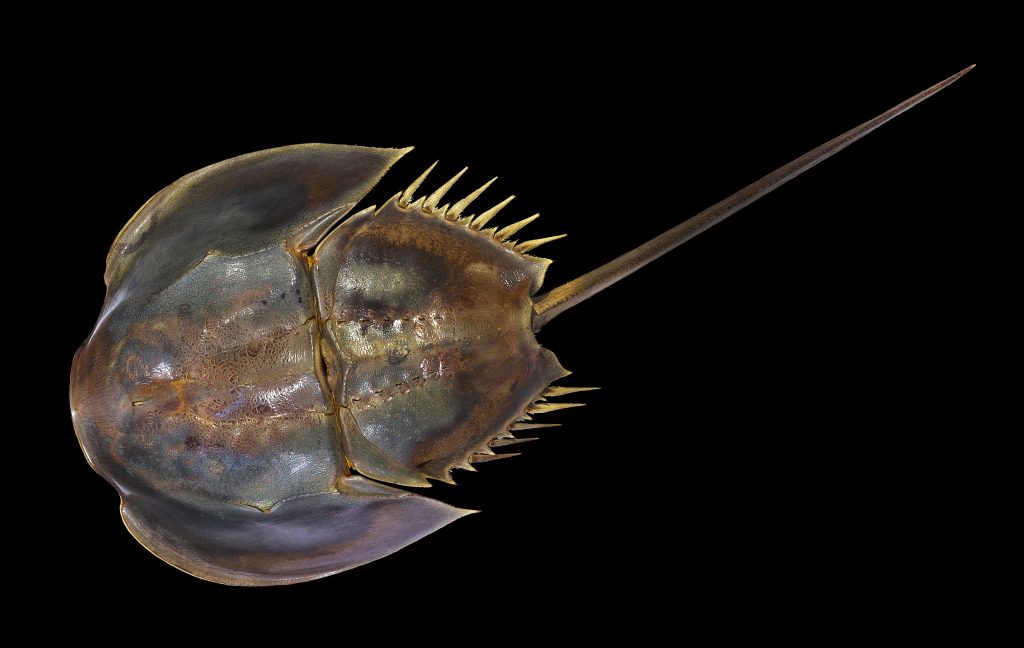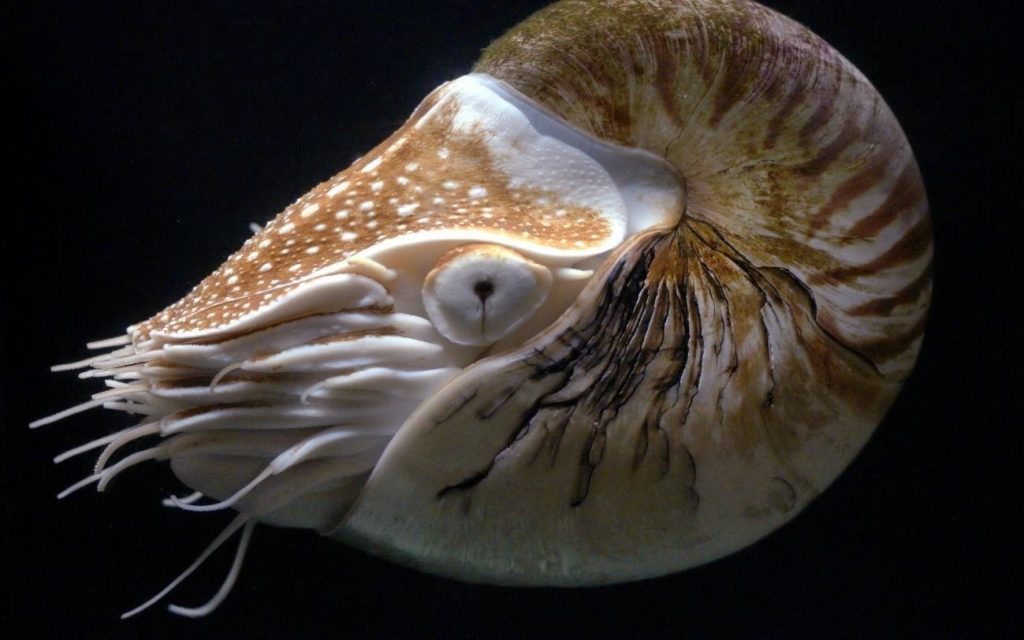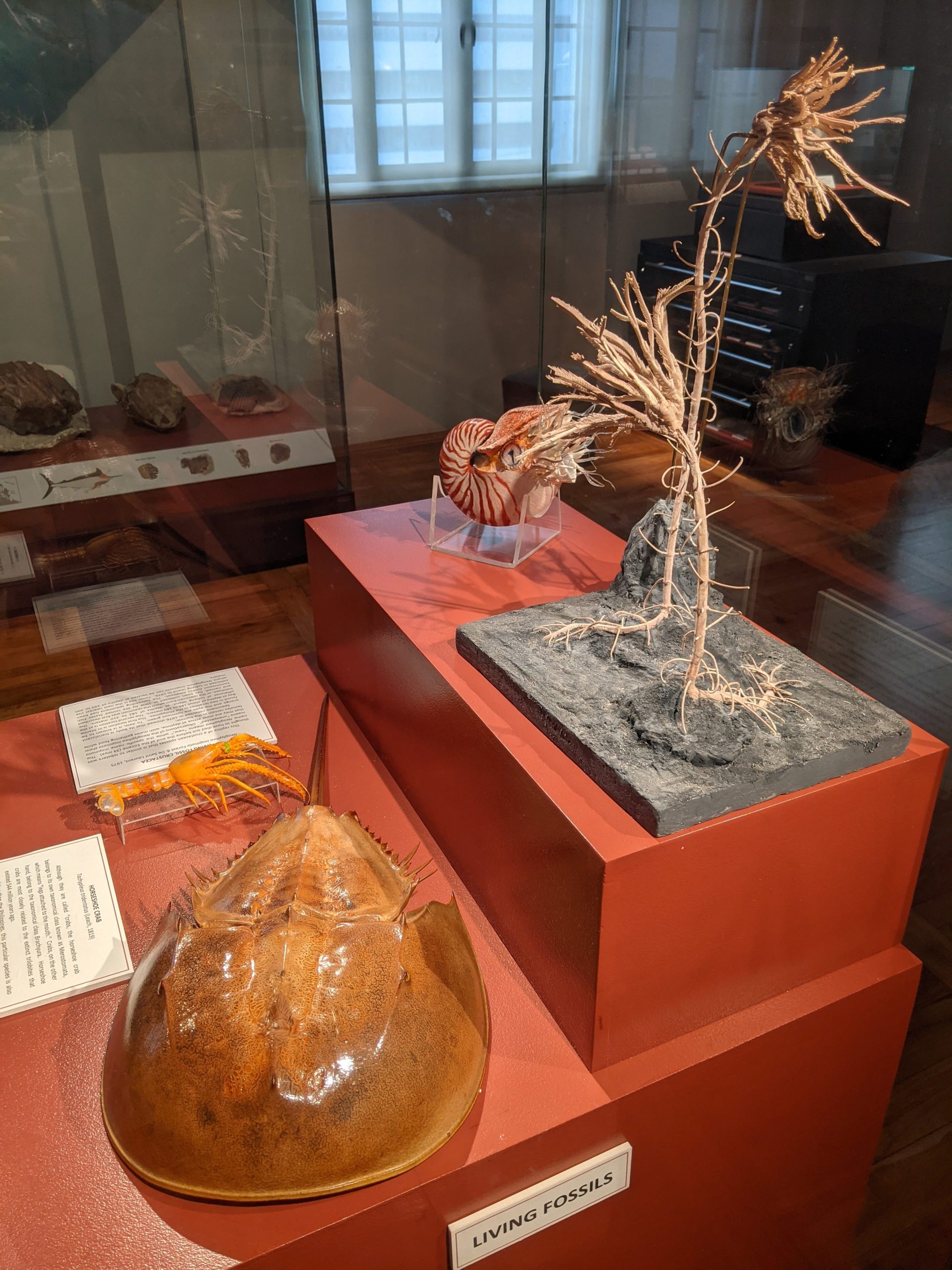Living fossils: Earth’s Oldest Residents Still Thriving Today
You know that all living organisms evolve, with subtle differences in traits helping some individuals thrive better in their environment, and these helpful traits being more common while less helpful ones fading away over generations.
Some organisms don’t change much over millions of years but manage to continue to survive, looking much the same as their ancient relatives from fossil records.
Such organisms are called living fossils, and you are going to learn many interesting facts about them in this post.
What is a Living Fossil?
Let’s start by looking into the definition of the term living fossil and learning about the origin of the concept.
Origin of The Concept
The term “living fossils” was first used by Charles Lyell in Principles of Geology (1833), and Charles Darwin adopted and expanded on it in 1859 in his book, “A Theory of Evolution Through Natural Selection.”
Definition
A living fossil is an organism that has not undergone significant evolutionary changes over millions of years and closely resembles its ancient ancestors found in fossil records.
You should know that “living fossil” is now a depreciated term because it’s oversimplifying and misleading. I will cover more about it later in the post.
Characteristics of Living Fossils
Now it’s time for us to dig a little deeper into the characteristics that make a certain species a living fossil.
Ancient lineage
A living fossil may have a family history going back hundreds of millions of years.
They have survived a bygone era, while most of their ancient relatives have vanished long ago.
Minimal Morphological Changes
A key characteristic of a living fossil is that its appearance and physical structure have not changed much over millions of years.
They look very similar to what they did in those ancient times.
This is called morphological stasis.
Slow Evolutionary Rates
Many living fossils evolve very slowly, the DNA not changing much over millions of years.
Many of them have strong DNA repair capabilities that fix DNA errors caused by aging, radiation, oh other things.
They often occupy unchanging habitats too, like the deep ocean, where adapting to change is less required.
Low Taxonomic Diversity
Unlike most living organisms, the species considered living fossils often have very few or no other members in their respective genus, family, or even order.
For example, there are only two remaining species in the genus Latimeria(coelacanth fish) while there used to be many, only one species remaining in the plant family Ginkgoaceae while there were more millions of years ago, and only one species in the order Rhynchocephalia which was more diverse back in the Mesozoic era.
Unique adaptations
Another main characteristic of living fossils is that they have unique adaptations that allow them to thrive in specific niches of the environment.
Often, these environmental niches have very stable conditions, and the living fossils’ unique adaptations are perfect for surviving them.
For example, Coelacanth fish have lobed fins that allow them to slowly navigate the deep, dark, ocean habitats where fast swimming is not necessary.
Survivors of Mass Extinctions
Many living fossil species have survived global catastrophic events that resulted in mass extinction, such as the asteroid impact that wiped out the dinosaurs.
The reason why they survived such disasters is they inhabited niches of the environment that the impacts of those catastrophic events couldn’t reach, such as the deep ocean, and had unique adaptations that protected them, such as hard shells or the ability to survive for long without food.
Examples of Living Fossils
Now let’s look at some of the note-worthy living fossil species.
Coelacanth

Coelacanth is a large, deep-sea-dwelling fish.
It was believed to have gone extinct 65 million years ago but was re-discovered in 1938.
Coelacanths have survived for over 400 million years and process unique features like lobed fins that allow them to crawl on surfaces and hinged skulls.
Horseshoe Crab

Own work
These hard-shelled creatures, more closely related to spiders than crabs, have survived for over 450 million years, crawling the ocean floor.
Having hemocyanin instead of hemoglobin in their blood, the blood is blue instead of red.
Nautilus

Fonte: By © Hans Hillewaert, CC BY-SA 4.0
This is a Marine animal that has a coiled shell that has not changed for over 500 million years.
It lives in the deep waters of the Pacific and Indian oceans and uses jet propulsion to move around.
Ginkgo Tree

Also known as the maidenhair tree, this plant species has existed for over 200 million years.
It’s the only surviving member of its family.
It’s very resilient and has even survived events like the nuclear bombing of Hiroshima.
The leaves of this tree look nearly identical to fossilized Gingko leaves from millions of years ago.
Laotian Rock Rat

Nicknamed rat-squirrel and believed to have been extinct for 11 million years, this animal was discovered to still exist in 2005 in Laos.
It is the last surviving species of an ancient family named Diatomyidae.
Misconceptions About Living Fossils
Now it’s time for some myth-busting. Let’s look into some misconceptions about living fossils and straighten them out.
Living Fossils are Identical to Their Ancient Ancestors
While living fossils may look similar to their fossil record ancestors, they are not identical to them. They have gained subtle genetic differences.
As in all living beings, small random DNA changes occur in living fossils too, which add up over millions of years, even though the organism’s structure and appearance remain mostly the same. This is called genetic drift.
Living Fossils are Primitive Creatures
Even though living fossils have not changed much over a long time, it doesn’t mean that they are evolutionary inferior, primitive beings at all.
They have just managed to successfully survive in their particular habitats without changing much.
Living Fossils Are Immune to Extinction
Even though living fossil organisms have managed to exist over hundreds of millions of years, it doesn’t mean that there’s no threat to their existence.
Many living fossils today are threatened with extinction due to human activity and climate change.
For example, Wollemi Pine, a living fossil plant species of Australia, is threatened by habitat loss caused by human activity and wildfires, and limited genetic diversity.
Controversies About Living Fossils
Now we get to the controversies that have led to the depreciation of the term “living fossils”.
Misleading Term
The term itself is somewhat misleading, as it sounds like these organisms haven’t changed at all, which is not true.
Even though they may look very similar to their fossil record ancestors, they have had subtitle changes in their physical traits and DNA over time.
Poorly Defined Criteria
The criteria used to determine if a particular organism is a living fossil, such as morphological stasis, ancient lineage, and low taxonomic diversity, are inconsistent and sometimes overlap with other concepts, making it hard to determine what organisms qualify as living fossils.
Fossil Record Bias
Scientists compare living fossil organisms with their ancient relatives from fossil records to determine if they have not changed much over time.
However, these fossil records are not complete and are biased towards organisms that fossilize well, such as ones with hard shells.
So, a particular species may appear to have not changed much because there are not enough fossil records to trace their evolution accurately.
Importance of Living Fossils
So, what’s the significance of living fossils? Why are they important?
Let’s find out:
They Help Understand Evolution
One important aspect of living fossils is that they help scientists understand how evolution works.
They help study evolutionary stasis(some species evolving very slowly) and compare it with the rapid evolution of other organisms.
They act like bridges between ancient and modern life forms, providing insights about how they evolved over time.
They Provide Insights About Ancient Ecosystems
By studying living fossils, scientists can get ideas about the ecosystem conditions when they first evolved. Their physical features and behavior often give clues about what those ancient habitats were like.
The specific roles living fossils play in ecosystems, such as Predators or scavengers, help scientists reconstruct ancient food chains.
Comparing living fossils to their extinct ancient relatives from fossil records helps scientists learn about the biodiversity millions of years ago.
They Help Understand How Some Organisms Survive Mass Extinctions
Since many living fossils are survivors of mass extinctions, studying them can provide clues about any traits that have helped them survive those catastrophic events.
Educational Value
Living fossils capture public interest, connecting us with Earth’s past.
They are used to teach people about evolution, biodiversity, and conservation, being featured in museums, documentaries, and educational programs.
Wrap-Up
Living fossils are organisms that have existed for millions of years without undergoing many evolutionary changes, bearing close resemblance to their ancient relatives from fossil records.
Even though the term is somewhat controversial, these species show how unique traits and stable habitats have allowed them to exist for millions of years, surviving global catastrophic events.
Providing insights about evolution and ancient environmental conditions, they are of great educational value.

